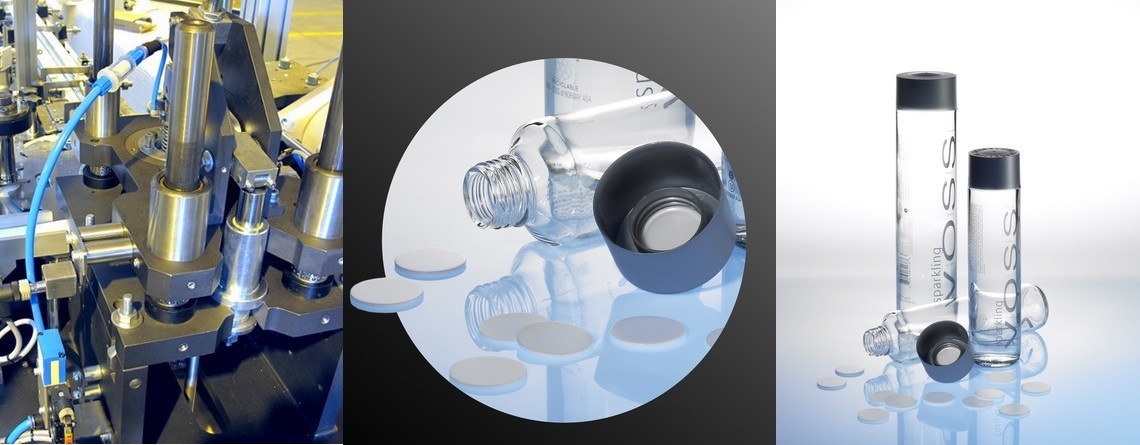Because there are unseen factors that can significantly affect the sealing performance of an induction it is always recommended to have induction sealing process validation.
The sealing machine may be bumped on a small angle, a slight height adjustment might have been made, large bottle height variations, and conveyor speed variations can all significantly impact on the induction sealing results.
Visual Inspections Process Validation for Induction Sealing
Actually, this method can be the best method of all; especially when you have well-trained operators experienced in what induction foils look like when they have received the correct conditions for a good seal.
Some things to look for include:
- A Concentric heat pattern in the foil; if you hold the foil to a light source at the correct angle you should see a smaller circle where material has not been heat affected. This means the seal has heated from the outside inwards in an even pattern; hence an even seal
- Overheating – there are a number of factors to show if there has been overheating including – visual discolouration of one or more layers of the induction foil, bubbling or creasing, a flattening of the bottle neck, melting of a backing resealing foam (if present)
- Uneven heat sealing; linked in some ways to a) above a foil can look well sealed but an uneven heat seal can result in areas of the seal being too firmly “welded” or very lightly welded an likely to “pop loose with a little pressure on the side walls of the bottle/container
Provided you have operators in each shift that are well trained in the above areas to look for then the “subjectivity” of a visual process validation is reduced and the validation will hold more merit.
2.0 Simple version – Linepatrolman™ Process Validation for Induction Sealing
If you have doubts that you will always operators trained or experienced enough to cover what is required for a reliable visual process of validation for induction sealing then there is the simple option of a Linepatrolman™ which has no more controls than a reset button.
This unit needs no programming and simply provides an integrated count of the energy seen by the testing cell passing down the same path as the products.
The Benefel web site has a good animation of the Linepatrolman™
In this animation the count gets up to “50”. If that reading worked for the last batch and was confirmed to be a good reading by a very thorough visual inspection (and some leak testing), operators would look to obtain similar readings in subsequent production runs of the same product.
A reason that many need an induction sealing measurement is because the energy transferred by an induction sealing machine to the foil of an induction seal within a cap is a time and position dependent process. If for any reason the product passes through the induction machine at a different speed, the induction sealing result will be different. To an operator a 10% change in the speed of a product conveyor may not be noticed. To an operator a 1mm height adjustment of the sealing head may not be noticed or a 5 degree angle change in guide rails may be missed. The induction sealing setting on the induction sealing machine may not have changed at all, yet the sealing results could have changed significantly!
The Line Patrolman™ is a unique process validation tool that will pick up variations in energy transfer in what may look like an identical set-up to the last time an induction machine was run. This tool takes way the guess work on what energy is being transferred and provided operator confidence that the machine is set to the best it can be set.
